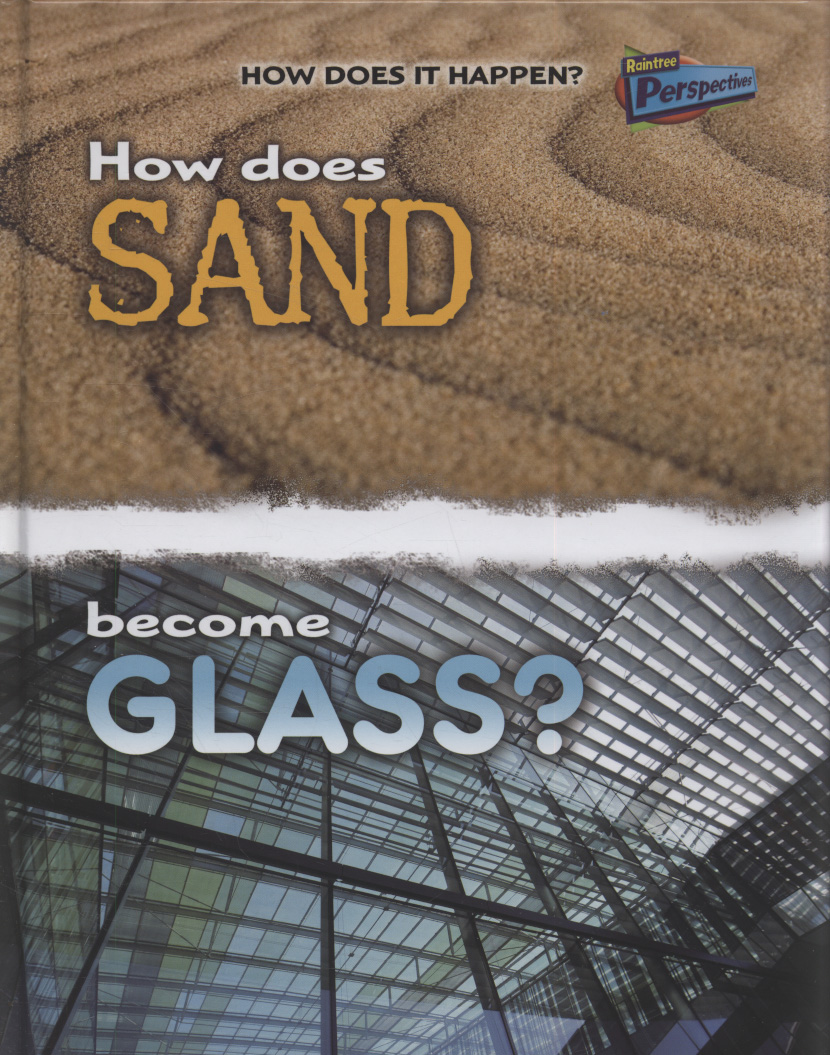Resources
How Does Nature Convert Energy?
In this video Janine Benyus, co-founder of The Biomimicry 3.8 Institute, describes a surprising adaptation of the pistol shrimp. The pistol shrimp has a very large claw and uses this to fire a bubble and stun its prey. The shrimp can close its claw so quickly that a vacuum is created behind the bubble. The vacuum...
How Does Nature Cool?
In this video from The Biomimicry 3.8 Institute, Sherry Ritter describes how the red kangaroo stays cool in temperatures of up to 45°C. The kangaroo licks its wrists, where there are a large number of blood vessels close to the surface, and this cools through evaporation. Sherry asks whether we could learn from...
How Does Nature Sense?
Adelheid Fischer, Biomimicry Fellow and Coordinator of InnovationSpace at Arizona State University, explains how she finds inspiration in the star-nosed mole. The mole does not use its unusual nose for smell, but as a touch sensing organ. The mole can also smell under water by sending out bubbles to catch odour...

This series explains complex geographical and scientific processes through everyday examples. Uses clear diagrams to help explain processes.
How Does Society Decide?
This is one of three readers published by the ASE's SATIS 16-19 project as a way of linking together a selection of the individual units. 'How Does Society Decide?' discusses the responsibilities of citizens in a democratic society to take part in the decisions that...
How does the Earth spin?
This video introduces the idea of inertia by using a large globe suspended by water. It shows that acceleration requires an unbalanced force and then explains that an objects inertia is its tendency to maintain its motion unless it is acted upon by an unbalanced force.
Why does the Earth spin?
How does the light from a torch change with distance?
This is one of a set of resources developed to support the teaching of the primary national curriculum. They are designed to support the delivery of key topics within science, design and technology, and maths (in this case, mainly science). This resource focusses on the investigation of how the light from a torch (...
This item is one of over 25,000 physical resources available from the Resources Collection. The Archive Collection covers over 50 years of curriculum development in the STEM subjects. The Contemporary Collection includes all the latest publications from UK educational publishers.
How Electricity is Used
From Teachers TV, this video is part of the Lesson Planning Pack series. Using the context of a theatre, it gives children the opportunity to explore the different ways electricity can be used. The video is suitable as a short starter activity to challenge children to think about how electricity is used.
...
In over 200 delightful short essays Bill captures the creativity and impact of engineers. He talks of their spectacular achievements - jets, satellites, skyscrapers, and fiber optics - but draws his deepest insights from the everyday, the quotidian. He finds beauty, elegance and meaning in Ferris wheels, Tupperware...
